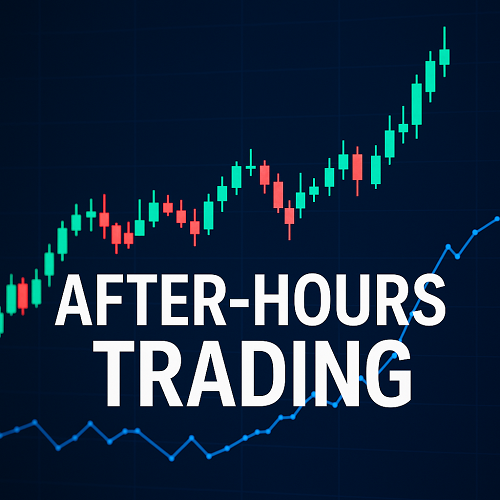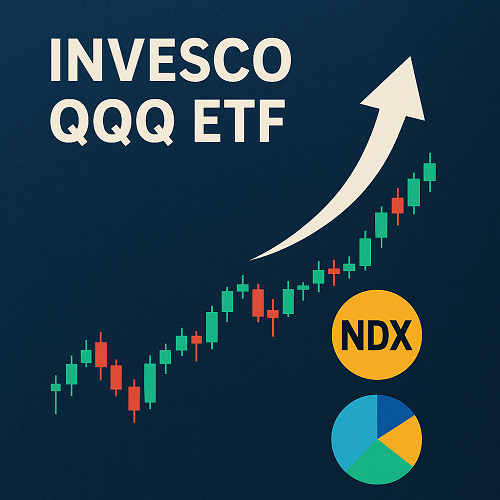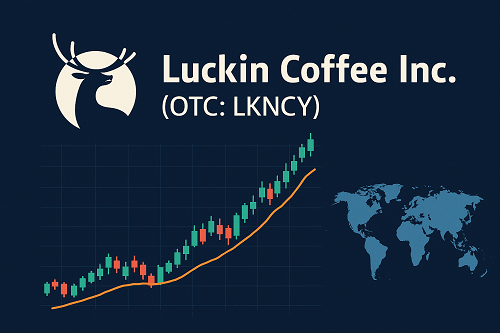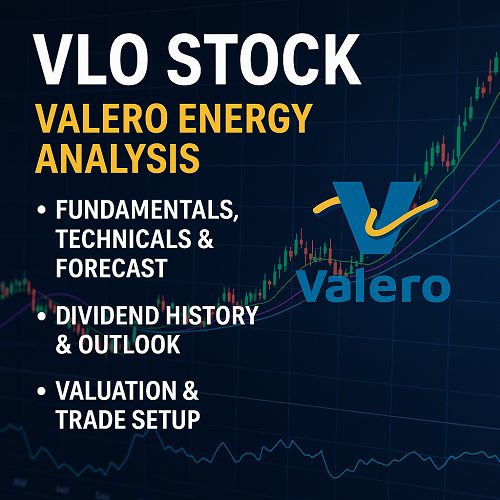The Market Doesn’t Sleep Anymore
For decades, Wall Street’s day ended when the closing bell rang at 4:00 p.m. Eastern Time. But today, the financial markets never truly sleep. Thanks to electronic communication networks (ECNs) and advances in brokerage technology, investors can trade stocks after traditional market hours — in what’s known as after-hours trading.
Whether you’re following breaking news, reacting to an earnings report, or managing risk overnight, understanding after-hours trading can provide you with a crucial edge. This guide breaks down everything you need to know — from how it works to whether it fits your strategy.
What Is After-Hours Trading?
After-hours trading refers to buying and selling securities outside the regular trading session of the major U.S. exchanges, which operate from 9:30 a.m. to 4:00 p.m. ET.
These trades occur through electronic communication networks (ECNs) — automated systems that match buy and sell orders directly, without traditional market makers or exchange floors.
Key Timeframes
- Pre-market session: 4:00 a.m. – 9:30 a.m. ET
- Regular session: 9:30 a.m. – 4:00 p.m. ET
- After-hours session: 4:00 p.m. – 8:00 p.m. ET
While the after-hours window officially closes at 8 p.m., liquidity typically fades long before that, and bid-ask spreads widen dramatically.
How After-Hours Trading Works
Unlike daytime sessions dominated by institutional trading on the NYSE or Nasdaq, after-hours trades are executed electronically via ECNs such as:
- Instinet
- NYSE Arca
- Nasdaq Market Center
- BATS Global Markets
When an investor places an order through an online broker that supports extended hours (like TD Ameritrade, E*TRADE, or Fidelity), that order is routed to one or more ECNs for matching.
Order Types
Most brokers restrict order types during after-hours sessions. Typically, only limit orders are accepted — ensuring traders define the maximum (for buys) or minimum (for sells) price they’re willing to accept.
This protects traders from extreme price fluctuations that can occur when fewer participants are active.
Why After-Hours Trading Exists
Extended trading hours emerged in the late 1990s, driven by growing retail access to electronic markets and global demand for faster news reactions. Today, it serves multiple purposes:
- Immediate reaction to news such as earnings announcements, economic reports, or geopolitical developments.
- Global accessibility for investors across time zones.
- Flexibility for working professionals who can’t trade during normal hours.
In essence, after-hours trading offers 24/7 market responsiveness — a critical evolution in an era of instant information.
Advantages of After-Hours Trading
1. React to Market-Moving News
Companies frequently release earnings reports or corporate updates after the close. Trading during this window allows investors to respond before the next morning’s gap-up or gap-down open.
2. Convenience
Extended hours give flexibility to those unable to trade during the standard session — particularly global traders or individuals with full-time jobs.
3. Price Discovery
The after-hours session can signal where the broader market might head the next day, especially after major economic events or company announcements.
4. Institutional Access Parity
In the past, only institutional players could act on late-breaking information. Now, retail traders can access similar opportunities via online platforms.
Risks and Drawbacks
1. Low Liquidity
After-hours markets have far fewer participants, which means fewer shares available for trading. This can cause wider bid-ask spreads and greater price volatility.
2. Limited Orders and Execution
Many brokers restrict order types and execution capabilities. Market orders may not execute at expected prices, or may not execute at all.
3. Price Gaps and Overreactions
Reactions to breaking news can be exaggerated when fewer traders are active — leading to sharp spikes or drops that may reverse by morning.
4. Unpredictable Volume
Activity is heavily event-driven. On quiet evenings, you may find almost no liquidity; on earnings nights, volatility can explode.
Who Can Trade After Hours
Most major brokerage firms now offer after-hours access, though terms vary. Platforms like Charles Schwab, TD Ameritrade, E*TRADE, Fidelity, Robinhood, and Webull allow extended-hours trading with certain restrictions.
However, not all stocks are available — especially smaller-cap or thinly traded securities. Additionally, mutual funds and options typically do not trade in extended sessions.
Strategies for Trading After Hours
- Trade Around Earnings Reports – Monitor companies announcing results after the bell. Be ready for big price swings, but use limit orders to control risk.
- Watch Index Futures – Futures on the S&P 500, Nasdaq, and Dow often indicate overnight market sentiment.
- Follow Economic Calendars – Federal Reserve statements, CPI data, and geopolitical news can influence after-hours sentiment.
- Use Stop-Loss Discipline – Protect profits and limit losses by predefining exit points.
- Monitor Volume and Spread – Thin volume and wide spreads can signal unfavorable trading conditions.
Real-World Example
Imagine Apple Inc. (AAPL) reports quarterly earnings at 4:10 p.m. ET, showing results far above expectations. The stock jumps from $180 to $189 in after-hours trading as investors rush to buy.
By the next morning, however, the excitement fades and the stock opens at $185 — still up, but below its after-hours high. This highlights both the opportunity and the risk of trading outside normal hours.
How After-Hours Trading Impacts Market Opens
After-hours activity often sets the tone for the following day. Pre-market and after-hours price movements influence futures, market sentiment, and even media coverage.
Professional traders closely watch extended-hours volume to anticipate opening gaps, momentum continuation, or reversals.
The Future of After-Hours Trading
With increasing globalization and the rise of 24-hour trading platforms, the boundary between “market open” and “market closed” continues to blur.
Nasdaq and NYSE have both explored 24/5 trading models, and cryptocurrency markets — open 24/7 — are influencing expectations for traditional equity markets.
In the near future, we may see a fully continuous trading cycle where investors can trade anytime, anywhere.
Conclusion: Should You Trade After Hours?
After-hours trading offers flexibility and early access to breaking market moves — but it comes with risks that demand discipline and knowledge.
For experienced traders, it’s a valuable tool to act quickly on news and manage positions. For new investors, it’s best approached cautiously, using limit orders and focusing on highly liquid stocks.
Ultimately, after-hours trading reflects the evolution of modern finance — a world where opportunity doesn’t end when the closing bell rings.
Key Takeaways
- After-hours trading runs from 4:00 p.m. to 8:00 p.m. ET via ECNs.
- Only limit orders are typically allowed.
- Expect low liquidity and higher volatility.
- It’s ideal for reacting to breaking news and earnings reports.
- Always trade cautiously and be aware of execution risk.





 XAUT-USD
XAUT-USD  AMD
AMD  MARA
MARA  SHOP
SHOP  BULL
BULL  CL=F
CL=F